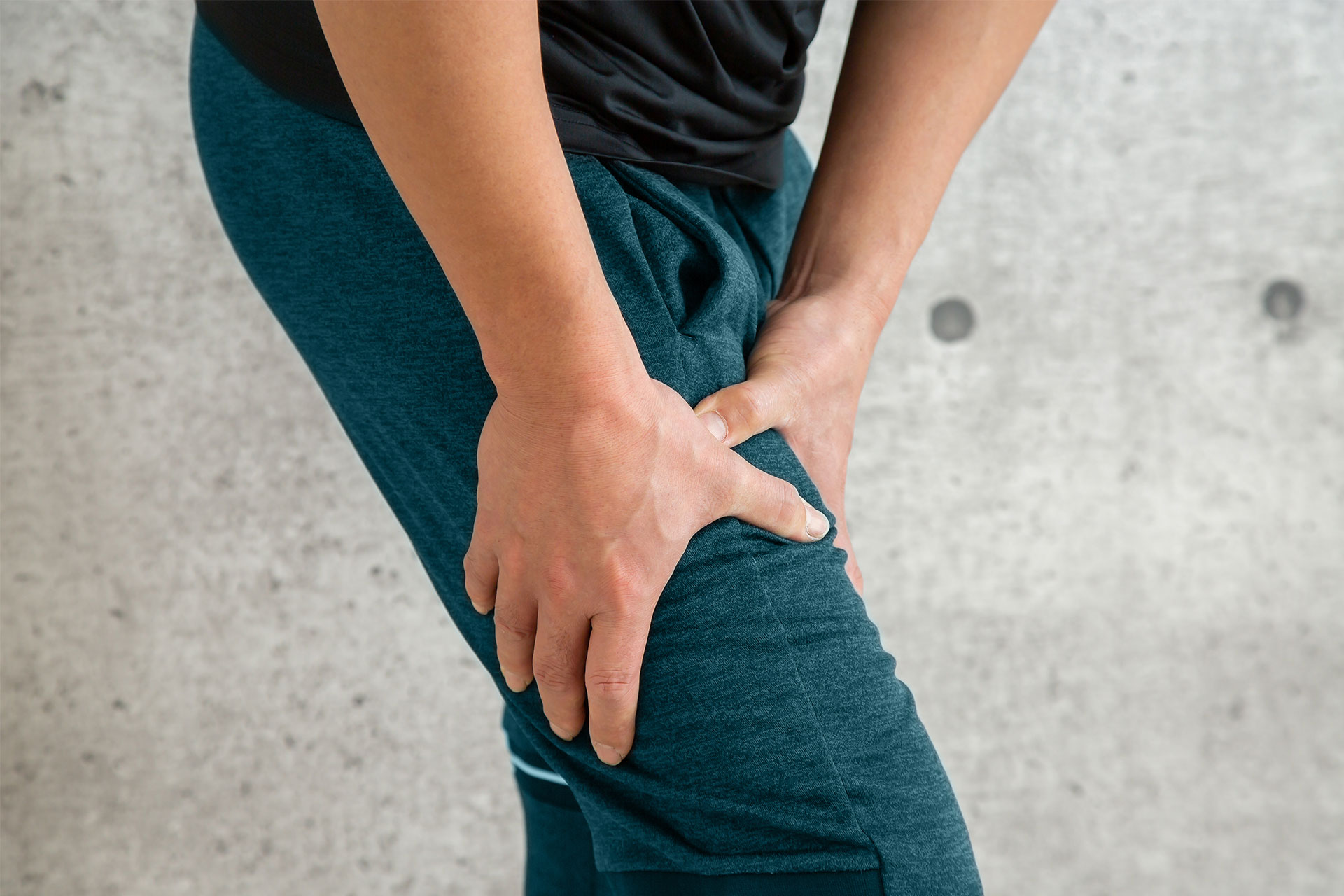A groin strain is an injury or tears to any of the adductor muscles of the thigh. These are the muscles on the inner side of the thigh. Sudden movements usually trigger an acute groin strain, such as kicking, twisting to change direction while running, or jumping. Athletes are most at risk for his injury. Groin strains usually aren’t serious, although a severe strain may take a long time to recover from.
Treatment
Immediately after injury, the goal of treatment for a groin strain is to reduce pain and swelling. The first few days of treatment follow the protocol for any muscle injury:
- Rest
- Ice
- Compression
- Elevation
- Nonsteroidal anti-inflammatory drugs
Depending on the severity of your strain, you may need additional treatments to speed healing. These could include:
- Physical therapy
- Massage therapy
- Heat and stretching
- Electrotherapy
If you have a grade 3 strain, you may need surgery to repair the torn fibers, especially where the tendon is involved.
Diagnosis
To diagnose whether you have a groin strain, your doctor will fist want to know how your injury happened and whether the circumstances indicate a groin strain. They’ll ask you about the activity you were doing when the injury happened, your symptoms, and whether you’ve had a similar injury in the past. Next, your doctor will do a physical examination. This could involve stretching your adductor muscles to determine if stretching is painful, as well as testing your leg’s range of motion. Any pain you feel during the exam will help your doctor identify where your injury is located. In addition to identifying the location of the strain, your doctor will evaluate how serious your injury is.
Symptoms
Symptoms of a groin strain can range from mild to severe, depending on the degree of the injury. They can include:
- Pain (usually felt in the inner thigh, but located anywhere from the hip to the knee)
- Decreased strength in the upper leg
- Swelling
- Bruising
- Difficulty walking or running without pain
- Snapping sound at the moment of injury
Prevention
The best way to prevent groin strain is to avoid using the adductor muscle without proper training and preparation. Regularly stretch and strengthen your adductor muscles, especially if you play a sport that’s likely to cause groin strain. Continue training throughout the year if possible. If you take a break from training, work back up gradually to your former level of activity to avoid straining muscles.
Groin strains are not usually severe, but they may take a long time to heal depending on the degree of injury. Severe grade 3 groin strains can take over 4 months to heal. With appropriate care and treatment, your symptoms will get better over time. Speak with your doctor about a treatment plan for your groin strain. If you are experiencing intense or prolonged pain, seek medical attention.










